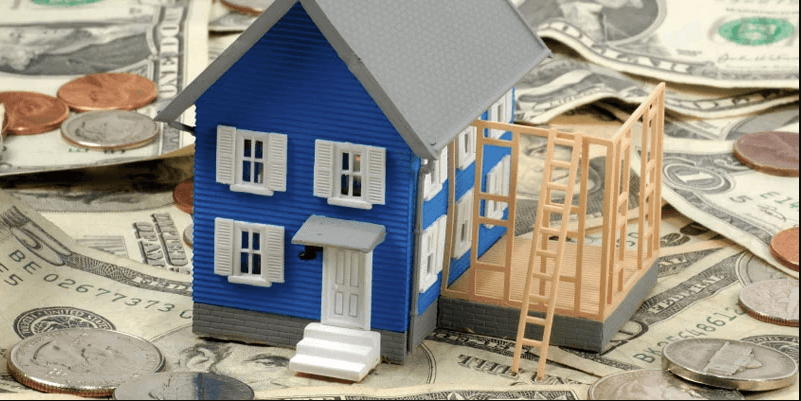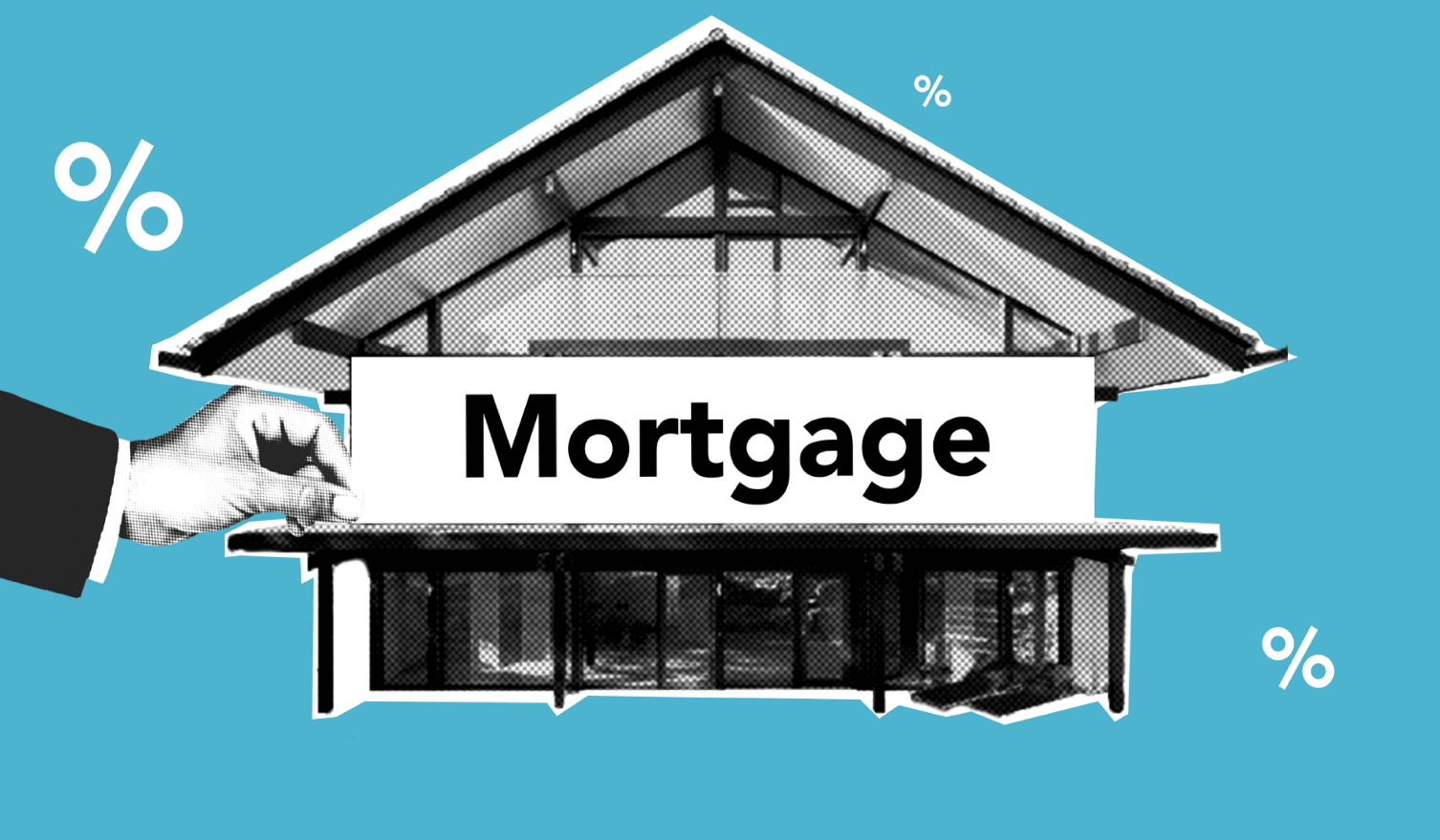When it comes to financing home renovations or purchasing properties in need of repair, a rehab loan can be a valuable tool. In this article, we will explore the concept of what is a rehab loan, how it works, the different types available, the eligibility requirements, and the pros and cons associated with this financing option.
Definition of what is a Rehab Loan
what is a rehab loan, short for rehabilitation loan, is a type of financing that provides funds for the renovation or repair of a property. It is designed to assist borrowers in improving the condition of a property, whether it’s a primary residence, an investment property, or a fix-and-flip project.
How Does a Rehab Loan Work?
Rehab loans work by combining the cost of purchasing or refinancing a property with the funds needed for renovations or repairs. These loans typically provide funds for both the acquisition and the rehabilitation of the property, making it a convenient option for borrowers looking to undertake extensive renovations.
Types of Rehab Loans
There are different types of rehab loans available, each catering to specific needs and situations. The most common types include:
- FHA 203(k) Loan: This loan is insured by the Federal Housing Administration (FHA) and is suitable for individuals who want to purchase a home that needs significant repairs or renovations.
- Conventional Rehab Loan: This type of loan is offered by private lenders and is not insured by the government. It is often used by investors or buyers who have higher credit scores and can meet stricter eligibility requirements.
- HomeStyle® Renovation Loan: This loan is offered by Fannie Mae and allows borrowers to finance both the purchase or refinance of a property and the cost of renovations in a single mortgage.
Eligibility Requirements
To qualify for a rehab loan, borrowers typically need to meet certain eligibility requirements, which may include:
- A minimum credit score
- Proof of income and employment
- A detailed renovation plan
It’s important to note that eligibility criteria can vary depending on the type of rehab loan and the lender’s guidelines.
Advantages of Rehab Loans
Rehab loans offer several advantages to borrowers, including:
- Financing for renovations: Rehab loans provide the necessary funds to purchase and improve a property, eliminating the need for separate financing for renovations.
- Flexibility: Borrowers have the flexibility to customize the property to their liking and increase its value through renovations.
- Increased property value: By renovating and improving a property, borrowers can potentially increase its market value, allowing for future equity or profit.
- Potential for investment opportunities: Investors can leverage rehab loans to purchase distressed properties, renovate them, and sell them for a profit.
Disadvantages of Rehab Loans
Despite their benefits, rehab loans also have some downsides, which include:
- Stricter eligibility requirements: Rehab loans often have stricter eligibility criteria compared to traditional mortgages, requiring borrowers to meet specific financial and credit qualifications.
- Additional costs: Renovations can be costly, and borrowers need to account for both the purchase price of the property and the expenses associated with the rehabilitation process.
- Potential for project delays: Renovations can encounter unexpected delays, which may impact the timeline and budget of the project.
The Rehab Loan Process
The rehab loan process typically involves the following steps:
- Prequalification: Borrowers start by getting prequalified for a rehab loan, which involves providing relevant financial information to the lender.
- Property assessment: Lenders assess the property’s value and condition to determine the loan amount and the feasibility of the renovations.
- Loan approval: Once the lender approves the loan, borrowers can proceed with the property purchase and renovation process.
- Disbursement of funds: Rehab loans are often disbursed in multiple stages or draws, allowing borrowers to access funds as the renovations progress.
- Completion and repayment: Once the renovations are complete, borrowers can choose to sell the property, refinance with a traditional mortgage, or continue living in the improved home.
Choosing a Rehab Loan Lender
When selecting a rehab loan lender, consider the following factors:
- Reputation and experience in providing rehab loans
- Interest rates and loan terms
- Eligibility criteria and requirements
- Customer reviews and feedback
Comparing multiple lenders and their offerings will help you find the one that best suits your needs and preferences.
Tips for a Successful Rehab Loan Application
To increase your chances of a successful rehab loan application, follow these tips:
- Research and plan your project thoroughly.
- Maintain a good credit score.
- Prepare all necessary financial documents.
- Get multiple contractor bids for accurate renovation cost estimates.
- Communicate effectively with the lender and provide any requested information promptly.
Examples of Successful Rehab Loan Projects
Here are a few examples of successful rehab loan projects:
- Transforming an outdated kitchen into a modern culinary oasis.
- Renovating a distressed property and increasing its market value.
- Upgrading an old bathroom with modern fixtures and features. Read more…
Conclusion
In conclusion, a rehab loan provides borrowers with a financing option that combines the purchase or refinance of a property with the funds needed for renovations or repairs. It offers flexibility, the potential for increased property value, and opportunities for investment. However, it’s important to consider the eligibility requirements, additional costs, and potential project delays associated with rehab loans.
FAQs
1. Can I use a rehab loan for a property I already own?
Yes, some rehab loans allow borrowers to finance renovations on properties they already own.
2. What is the maximum loan amount for a rehab loan?
The maximum loan amount for a rehab loan depends on various factors, such as the lender’s guidelines, the property’s value, and the renovation scope. It’s best to consult with lenders directly to determine the maximum loan amount you can qualify for.
3. Are rehab loans only for residential properties?
No, rehab loans can be used for both residential and commercial properties, depending on the lender’s offerings and eligibility requirements.











